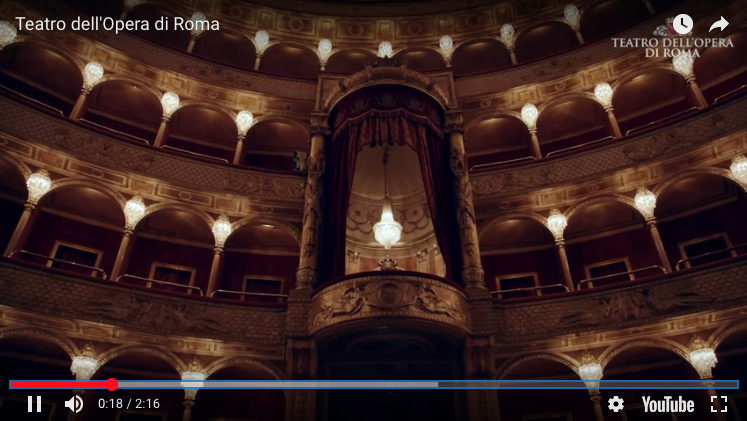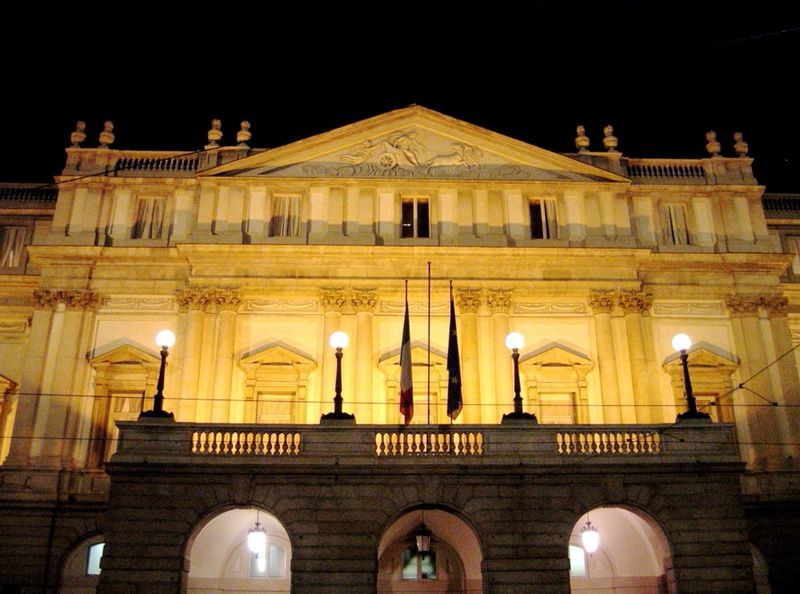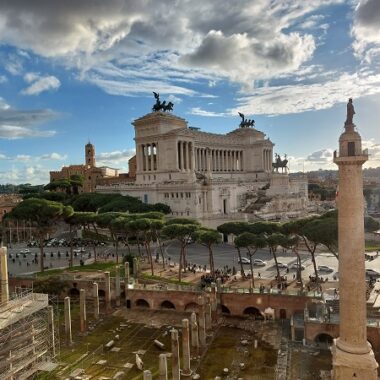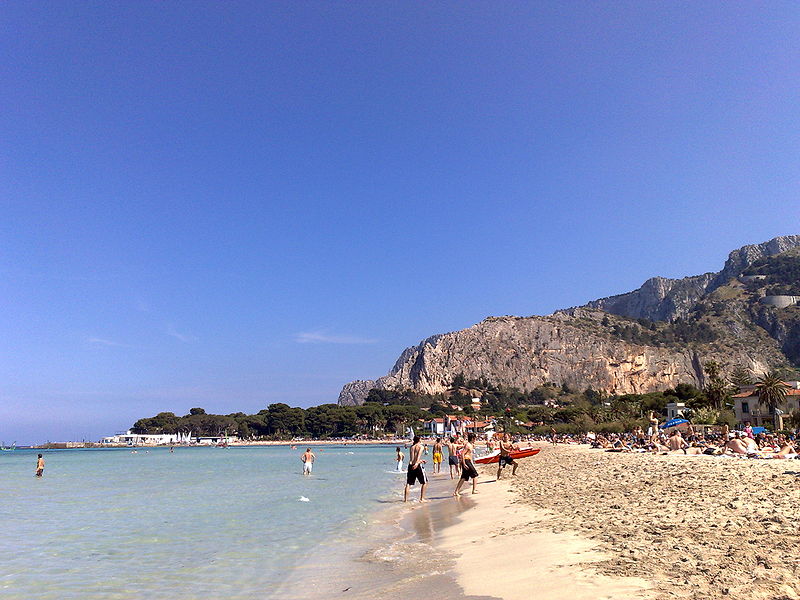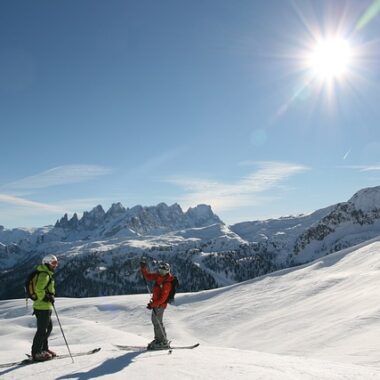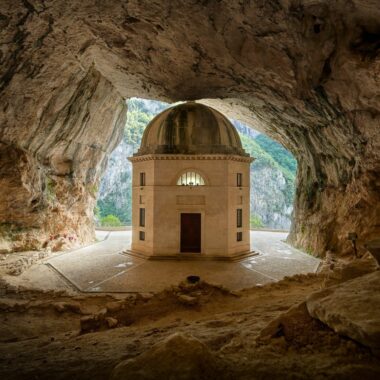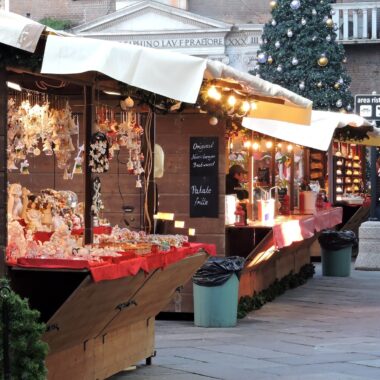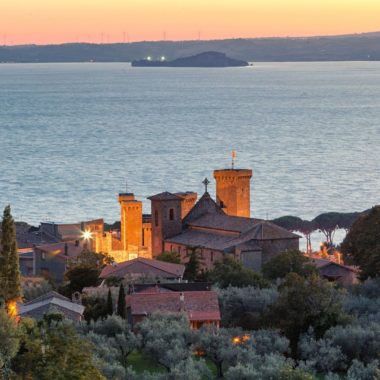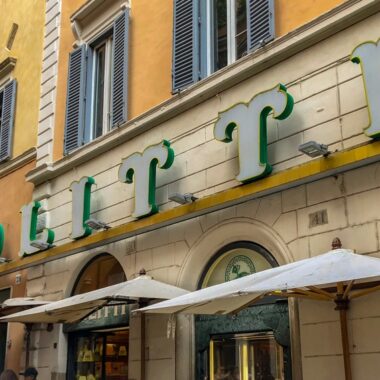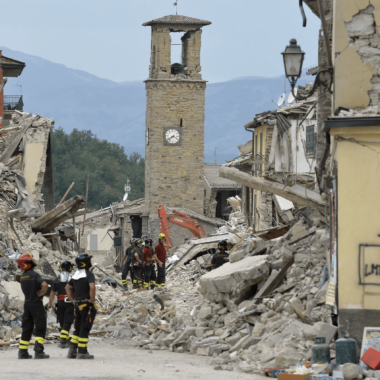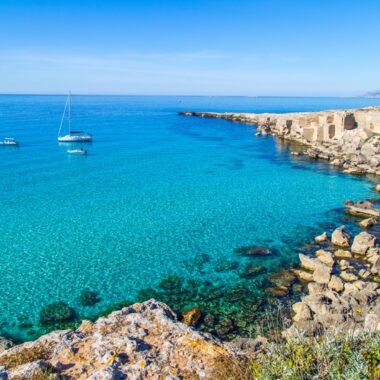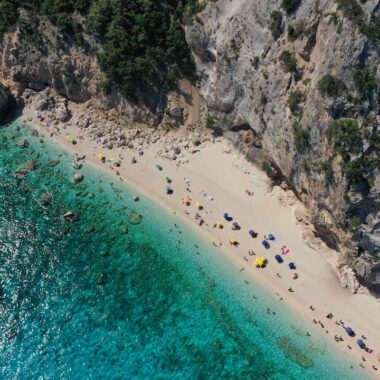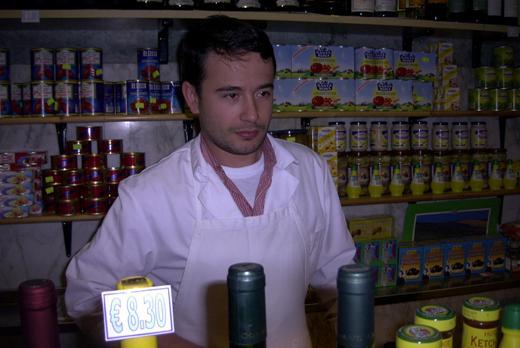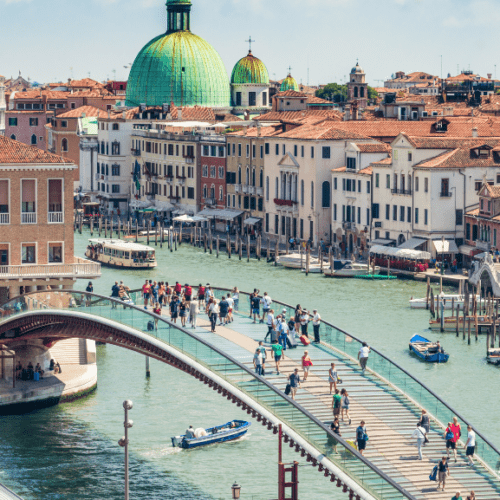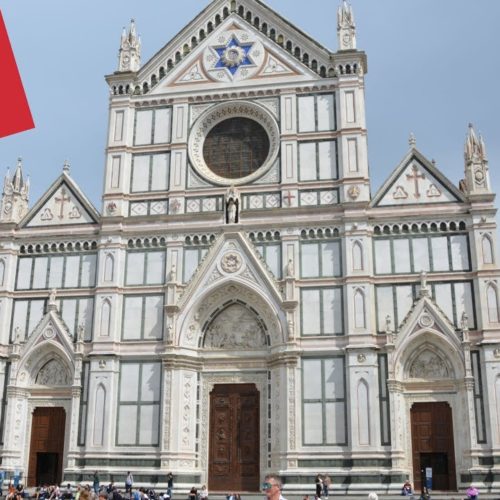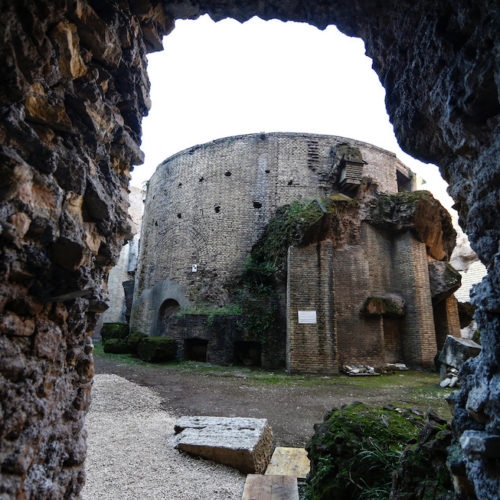Rome’s Opera House
The official Rome opera house was originally known as Teatro Costanzi, from its founder Domenico Costanzi. In 1928, the theatre was bought by Rome’s City Hall and became know as Teatro Reale dell’Opera (Royal Opera House). Today it is known simply as the Teatro dell’Opera. Of course, not only operas are featured, but also ballets and other major cultural events are held here.
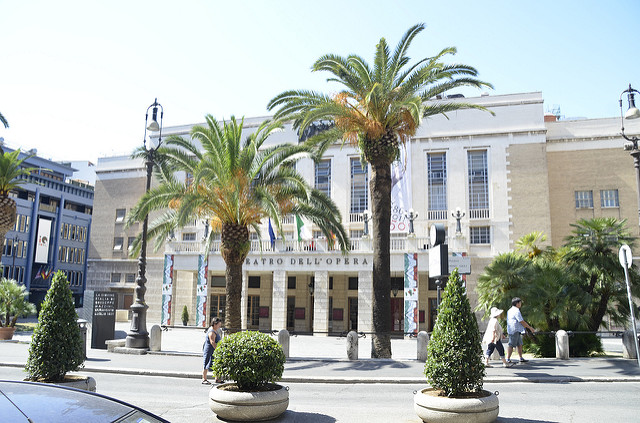
Before Rome became the capital of Italy in 1870, Monsignor Francesco Saverio de Merode, to whom the San Vitale’s dale belonged, had foreseen that with the construction of Termini Railway Station it would be a good investment to urbanize the route from the newly born station to Via del Corso. Domenico Costanzi took part in the enterprise and bought land on which he first built the Quirinale Hotel, along the new Via Nazionale (1874), then, on the adjoining land, he created the Opera House, which was one thing Rome was really missing at the time. The hotel had an underground passage leading directly to the Opera House which ensured the highest privacy possible and that was highly appreciated by the performers.
The original structure of the Rome opera house designed by architect Achille Sfondrini who had it built in under two years. Its neo-renaissance style was very popular at the time and even though the theatre was not large, it had excellent acoustics. Above the audience hung the beautiful dome painted by Andrea Brugnoli. The Teatro Costanzi was officially opened by the King and Queen of Italy on November 27th, 1880, with the ‘Seramide’ by Gioacchino Rossini.
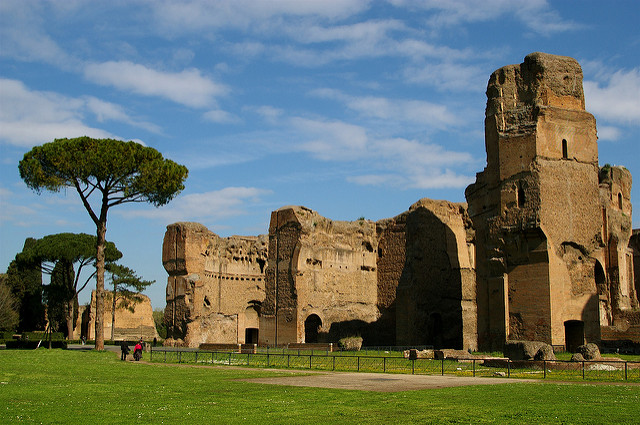
Unfortunately, the venture did not reveal itself to be particularly profitable, even though it held some impressive world premieres. Mr. Costanzi had to commit his own assets and maintain an impresario status until his death in 1898. Walter Mocchi and his wife oversaw the running of the old Costanzi, during which the performances were to include everything from Wagner to Mussorgsky.
In 1926, Rome’s City Council bought the Opera House, commissioning architect Marcello Piacentini with the restoration of the structure. He also had an extraordinary chandelier, made in Murano, placed in the Opera House where it still hangs. Even today it is still considered the largest one in the world. The restored theater was given the name of Teatro Reale dell’Opera (Royal Opera House). Opening night at the new theatre was the opera: ‘Nerone’ by Arrigo Boito. When the new Italian Republic came into being after World War II, the adjective: ‘Reale’, was dropped, becoming the ‘Teatro dell’Opera’.
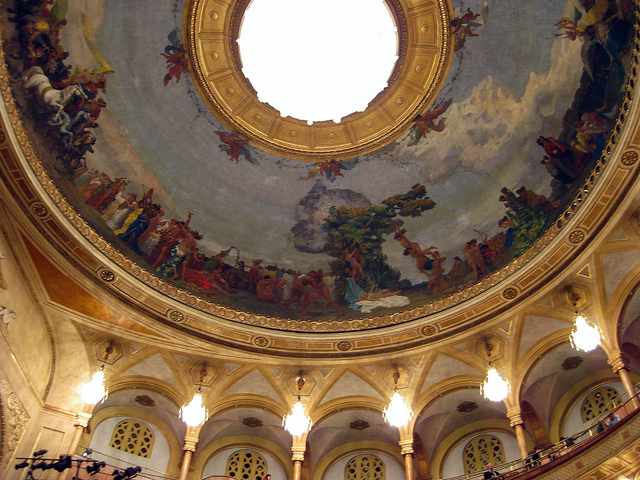
In 1958 the Rome City Council once again hired architect Piacentini to redesign the façade and entrance in a more ‘modernistic’ style. Previous works, such as the marvelous stuccos, were restored.
The theatre holds 1600 people in air-conditioned comfort while experiencing world-class acoustics. The Opera House also has its own ballet and a classical dance school, and always has a ballet season, very popular in Rome. Here was given the Italian première of Stravinsky’s ‘Uccello di Fuoco’ (Fire Bird) on April 9th, 1917. Since 1937, in summertime (July and August) the Opera House moves to the ‘Terme di Caracalla’ (Caracalla’s Baths). Closed in 1993, for fear that the vibrations might somehow damage the archaeological structure, was reopened in 2003 with the blessing of the Roman opera lovers.
Information about the current season can be found on the Rome Opera House website.



